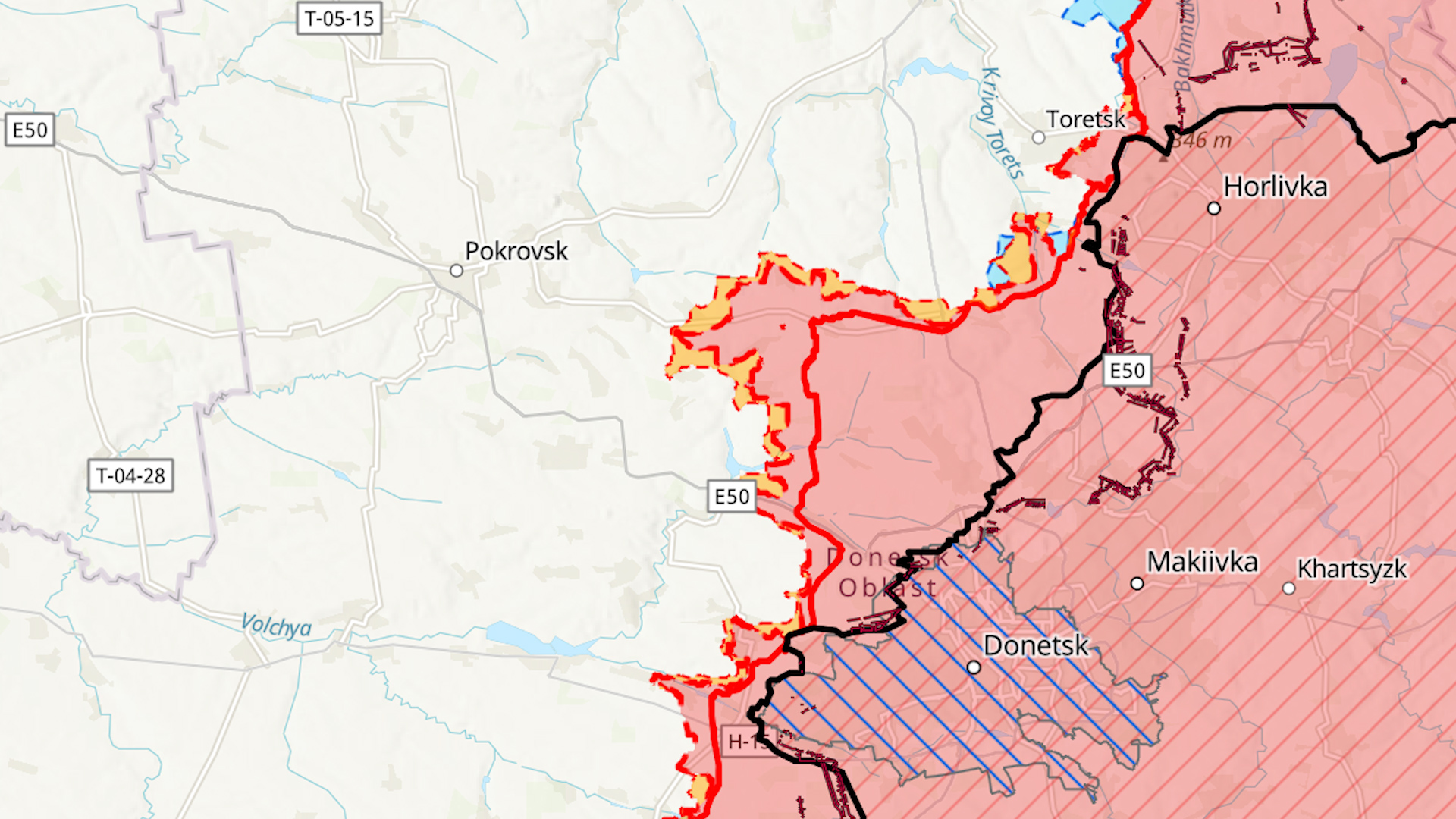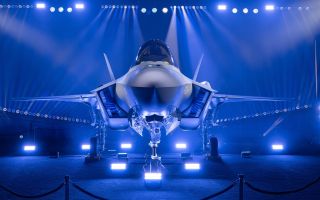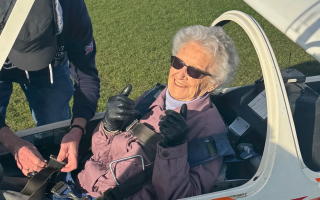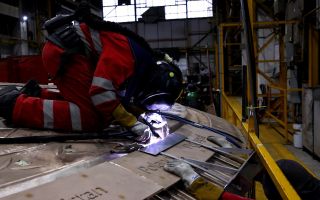Analysis: Why the Ukrainian city of Pokrovsk is next in the sights of the Russian invaders
As Russian forces continue their push into eastern Ukraine, one city in particular is in Moscow's sights.
During the Second World War, Pokrovsk was occupied first by the Italians, then in 1941 by the German Army with many of its residents transferred to labour camps in Austria before it was eventually liberated by Soviet forces in September 1943 – 5,000 of its residents were killed.
Now, it's once again facing a possible occupation, this time by Russian invaders, part of Vladimir Putin's so-called 'Special Operation'.
The city is a key logistics hub, a staging point for men and material heading to the frontline, including Ukraine's battle-hardened 47th Mechanized Brigade, equipped with Leopard 2 tanks.
For Russia the city has become a prize, to be taken at all cost.
But Moscow's summer offensive has not gone to plan.
The Kremlin wanted to take full control of Donetsk, Luhansk, Kherson and Zaporizhzhia, but with $60bn of US aid finally flowing into Ukraine it was forced to scale back its ambitions.
Seizing Pokrovsk, like Bakhmut or Avdivvka before it, would represent at least some small victory for Russian forces and Russia's president in particular.

Moscow is believed to have deployed 20 regiments and brigades across a salient, or bulge, to the east of Pokrovsk, possibly as many as 40,000 troops.
Facing them are half a dozen Ukrainian brigades, possibly as few as 12,000 soldiers.
President Zelensky says Ukraine does have brigades in reserve, but they are not fully staffed or equipped, meaning weary combat troops cannot be rotated out.
The Institute for the Study of War (ISW), an influential US research group, says the Russians are trying to achieve a tactical encirclement of under-manned Ukrainian forces.
Roman Mashovets, deputy head of the Office of the Ukrainian President, warned that Russian forces are close to achieving an "operationally significant" breakthrough around Pokrovsk by the end of August.
In places, the Russians have pushed four miles into Ukrainian lines, seizing an estimated 22 square miles of territory in just a week.
Along the frontline, they are launching pulsating attacks – the tempo of fighting rising in some areas as it drops in others.
The ISW says the Russians have improved their command and control – known as 'C2' – and for the first time are responding rapidly to any weakness in Ukrainian defences.
Russian Sukhoi fighter bombers have been used to deadly effect, pummelling Ukrainian rear areas with glide bombs.
On the ground, Russian anti-tank units have targeted the 47th Brigade's armour, successfully disabling some of its American-made Bradley fighting vehicles.
However, while the Russians are moving forward, they are unlikely to keep up this momentum indefinitely.
The pace of their advance is expected to slow as they move closer to larger towns and settlements like Hrodivka and Pokrovsk – urban warfare is far more complex than advancing across open ground as they have done up to now.
Kyiv has ordered the mandatory evacuation of more than 700 children and their guardians from parts of Donetsk in the path of the Russian advance.
Eighty years after it was seized by the German Wehrmacht, Pokrovsk is once again preparing to repel an unwelcome invader.









